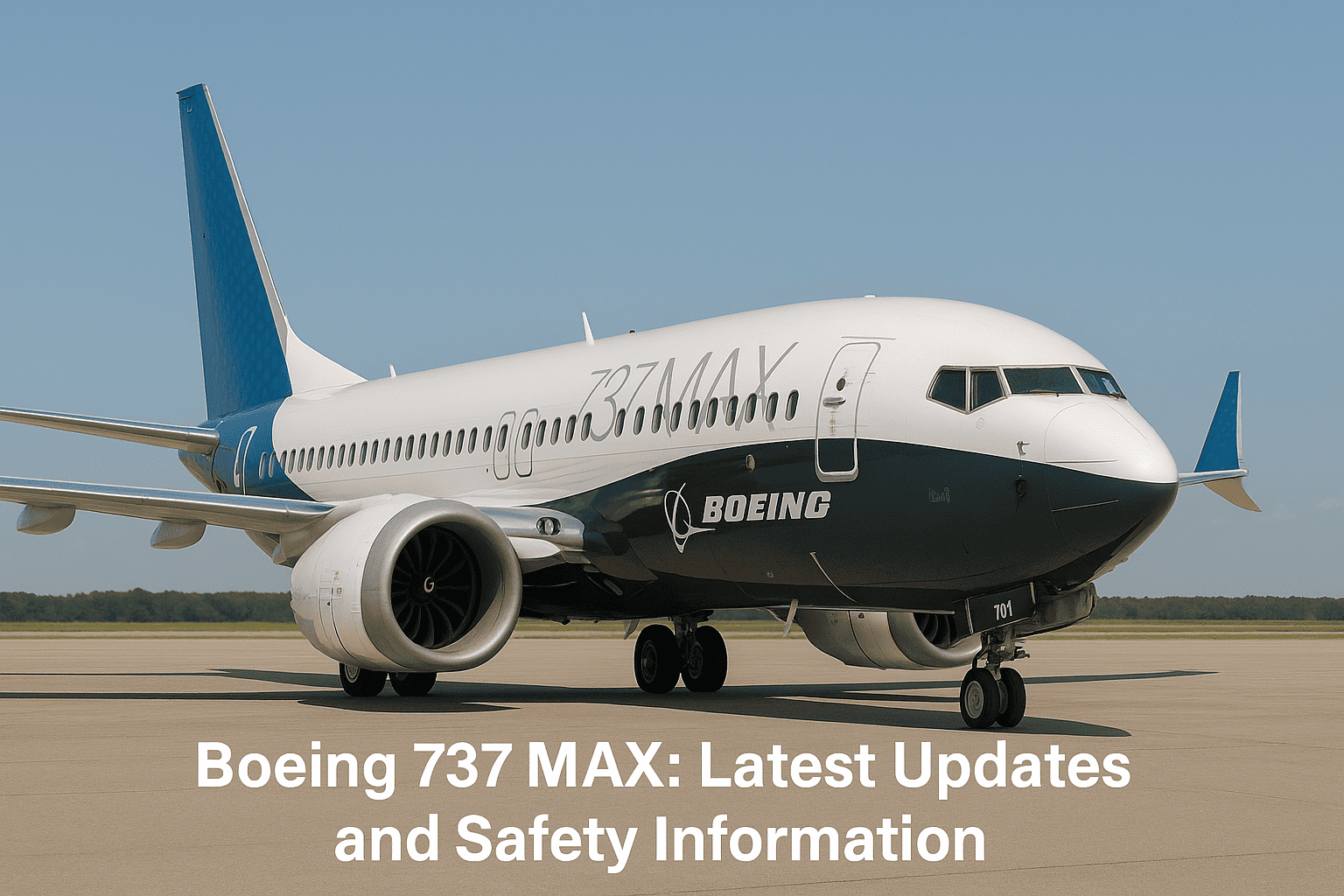The Boeing 737 MAX represents a crucial milestone in commercial aviation history, combining innovative technology with enhanced safety measures. Following recent incidents and subsequent improvements, this comprehensive guide explores the aircraft’s features, safety concerns, and current status in the aviation industry.
Overview of Boeing 737 Max
The Boeing 737 MAX emerges as a revolutionary advancement in commercial aviation, building upon its predecessor, the 737 Next Generation (737NG). The aircraft delivers significant improvements in multiple areas:
- 20% reduction in fuel consumption and emissions
- 50% smaller noise footprint
- 14% lower airframe maintenance costs
- Advanced technology winglets
- Highly efficient LEAP-1B engines
Design and Features of Boeing 737 Max
The aircraft’s design philosophy emphasizes aerodynamic efficiency while maintaining the trusted 737 platform’s reliability. Key features include:
- Split-tip winglets for improved lift and reduced drag
- Enhanced cabin experience with larger overhead bins
- LED lighting system for improved ambiance
- Advanced acoustic engineering for quieter flights
- Optimized aerodynamic profile
Technological Advancements in Boeing 737 Max
At the heart of the 737 MAX’s capabilities are its cutting-edge innovations:
| Component | Enhancement |
|---|---|
| LEAP-1B Engines | Advanced materials, improved fuel efficiency, reduced maintenance needs |
| Wing Design | Optimized lift and drag characteristics |
| Control Systems | Fly-by-wire spoiler system, enhanced avionics |
| Operational Efficiency | Extended range, increased payload capacity |
Safety Concerns and Incidents
The Boeing 737 Max has faced significant scrutiny following several critical incidents that prompted comprehensive safety reviews and improvements.
Notable Incidents Involving Boeing 737 Max
Three major incidents have shaped the aircraft’s safety history:
- Lion Air Flight 610 crash (October 2018)
- Ethiopian Airlines Flight 302 crash (March 2019)
- Alaska Airlines cabin blowout incident (January 2024)
Safety Measures and Improvements
Boeing has implemented comprehensive safety enhancements:
- Establishment of an aerospace safety committee
- Reorganized engineering structure with direct reporting to chief engineer
- Creation of Product & Services Safety organization
- Implementation of Design Requirements Program
- Enhanced Continued Operational Safety Program
- Strengthened partnerships with airline customers
Certification and Regulatory Updates
The aircraft’s certification process has evolved significantly, with Boeing working closely with international regulators to ensure compliance with enhanced safety standards. This includes comprehensive documentation of updates and improved training programs to restore confidence in the aircraft’s operational safety.
FAA and Global Certification Processes
The Federal Aviation Administration (FAA) has established a comprehensive recertification process for the Boeing 737 MAX, setting new standards for thoroughness and transparency. This enhanced process involves collaboration with aviation authorities worldwide, ensuring the aircraft meets stringent safety requirements across all operational aspects.
- Detailed operator instructions for inspections
- Comprehensive maintenance protocols
- Thorough regulatory review process
- International authority involvement
- Enhanced safety verification procedures
Recent Regulatory Changes
In response to recent events, regulatory bodies have implemented comprehensive safety enhancements for the Boeing 737 MAX:
- Enhanced pilot training requirements
- Increased automated systems oversight
- Improved safety reporting protocols
- New safety committee establishment
- Restructured engineering organization
Airlines Operating Boeing 737 Max
The Boeing 737 Max has established itself as a key player in commercial aviation, offering significant advantages in fuel efficiency, range, and passenger comfort. Operating efficiently on routes between 3,215 to 3,825 nautical miles (5,954 to 7,084 km), it serves as a versatile option for airlines worldwide, particularly following its successful integration into various carrier fleets.
Major Airlines Using Boeing 737 Max
| Region | Major Operators |
|---|---|
| North America | Southwest Airlines (Launch Customer), American Airlines, United Airlines, Air Canada |
| Europe | Ryanair |
| Asia/Middle East | Lion Air, FlyDubai |
Impact on Airline Operations
The Boeing 737 Max’s integration into airline fleets has brought both advantages and challenges:
- Improved fuel efficiency enabling cost reduction
- Extended range capabilities for network expansion
- Enhanced competitive positioning
- Required operational adjustments during grounding
- Implementation of new safety protocols
- Additional pilot training requirements
Future of Boeing 737 Max
The Boeing 737 Max continues to evolve, focusing on innovation and efficiency in the single-aisle commercial aircraft segment. Despite past challenges, Boeing’s commitment to enhancing the aircraft’s capabilities and safety features positions it for potential future success, contingent upon meeting strict regulatory requirements and maintaining public trust.
Predicted Developments and Innovations
| Area | Expected Improvements |
|---|---|
| Environmental Performance | Enhanced fuel efficiency, reduced emissions, aerodynamic refinements |
| Flight Systems | Advanced avionics, improved automation, enhanced flight controls |
| Passenger Experience | New cabin designs, improved amenities, modern comfort features |
| Technology Integration | Sophisticated flight management systems, enhanced cockpit displays |
Market Outlook for Boeing 737 Max
The market outlook for the Boeing 737 Max presents a complex landscape of challenges and opportunities within the aviation industry. While the aircraft’s fundamental design and efficiency advantages remain compelling, its future success hinges on several critical factors.
- Strong demand for single-aisle aircraft in post-recovery market
- Continued focus on fuel efficiency and operational cost reduction
- Growing need for fleet modernization among global carriers
- Increasing emphasis on environmental performance
- Competition from rival manufacturers in the narrow-body segment
| Market Factor | Impact Assessment |
|---|---|
| Industry Recovery | Positive influence on demand for efficient aircraft |
| Fleet Modernization | Potential catalyst for new orders |
| Trust Rebuilding | Critical factor for market acceptance |
| Competition | Increasing pressure from alternative options |
According to Boeing’s 2024 Commercial Market Outlook, the success of the 737 Max will largely depend on the manufacturer’s ability to demonstrate consistent safety performance, reliability, and economic benefits. The aircraft’s position in the market will be influenced by Boeing’s capacity to effectively compete with rival offerings while maintaining the trust of both airlines and passengers.
The other articles about Boeing:

